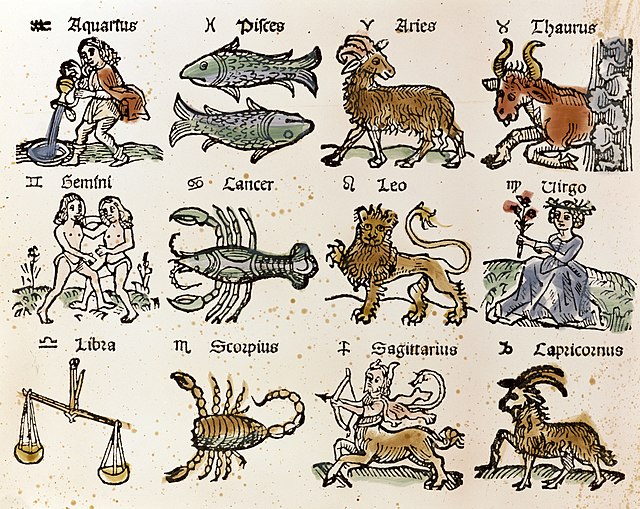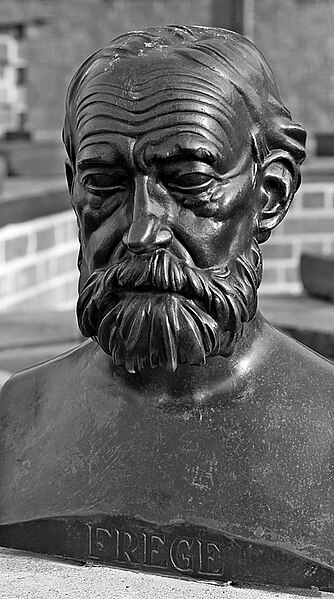A sign is an object, quality, event, or entity whose presence or occurrence indicates the probable presence or occurrence of something else. A natural sign bears a causal relation to its object—for instance, thunder is a sign of storm, or medical symptoms a sign of disease. A conventional sign signifies by agreement, as a full stop signifies the end of a sentence; similarly the words and expressions of a language, as well as bodily gestures, can be regarded as signs, expressing particular meanings. The physical objects most commonly referred to as signs generally inform or instruct using written text, symbols, pictures or a combination of these.
An airport sign at La Guardia Airport
A natural sign in the environment indicating recent human activity.
The western zodiac signs
A signboard on a beach in Durban in apartheid-era South Africa indicates a racially segregated beach.
Semantics is the study of linguistic meaning. It examines what meaning is, how words get their meaning, and how the meaning of a complex expression depends on its parts. Part of this process involves the distinction between sense and reference. Sense is given by the ideas and concepts associated with an expression while reference is the object to which an expression points. Semantics contrasts with syntax, which studies the rules that dictate how to create grammatically correct sentences, and pragmatics, which investigates how people use language in communication.
Semantics is not focused on subjective speaker meaning and is instead interested in public meaning, like the meaning found in general dictionary definitions.
The distinction between sense and reference was first introduced by the philosopher Gottlob Frege.
Bhartṛhari developed and compared various semantic theories of the meaning of words.
Michel Bréal coined the French term semantique and conceptualized the scope of this field of inquiry.








